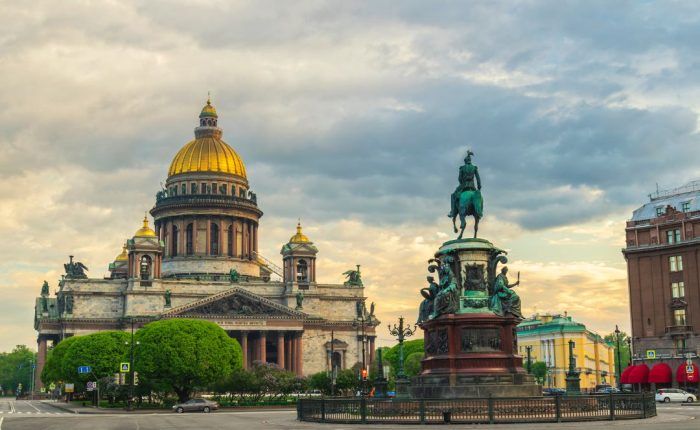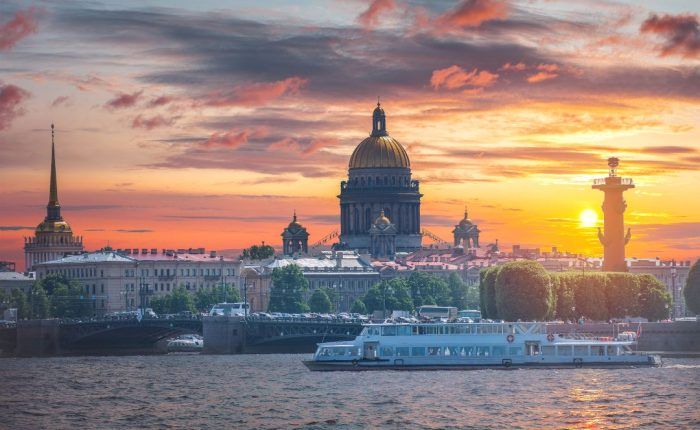While Tallinn’s Old Town is a captivating destination, there are many more treasures waiting to be discovered in the outskirts of this charming city. For those seeking a more extensive exploration, our Tallinn Panorama Tour offers an enriching experience, encompassing all the attractions featured in the “Tallinn Walking Tour” and beyond. Venture further afield to uncover Tallinn’s hidden gems and diverse landscapes.
Tour Highlights:
- Kadriorg Palace: Visit the magnificent Kadriorg Palace, a Baroque masterpiece commissioned by Peter the Great for his wife Catherine.
- St Brigit’s Convent Ruins: Explore the evocative ruins of St Brigit’s Convent, nestled in the Pirita district.
- Memorial Complex of Maarjamae: Pay your respects at the Memorial Complex of Maarjamae, featuring an obelisk in memory of Russians who perished in 1918 and concrete monuments honoring Russian soldiers who lost their lives during the war with Nazi Germany in 1941.
- Lasnamae District: Discover the Lasnamae district in eastern Tallinn, characterized by its distinctive communist-era architecture.
- Amphitheatre: Pause at the amphitheater, a venue where numerous renowned festivals and events take place.
Tour Duration: Approximately 4 hours
Prices:
- (1-3 persons): 220 EUR
- (4-6 persons): 270 EUR
- (7 persons or more): Contact us for customized pricing
For those with more time to spare, we offer an extended version of the tour that takes you beyond the city limits into the Estonian countryside. Explore additional sites such as the Kiiu Tower, Bronze Age graves at Rebala, and the mesmerizing Jagala waterfall.
Extended Tour Duration: Approximately 6 hours
Extended Tour Prices:
- (1-3 persons): 320 EUR
- (4-6 persons): 390 EUR
- (7 persons or more): Contact us for customized pricing
Uncover Tallinn’s diverse landscapes and hidden gems, immersing yourself in a journey that reveals the city’s rich history and natural beauty.



